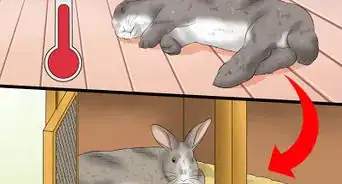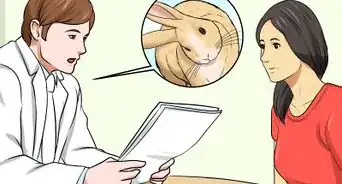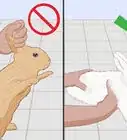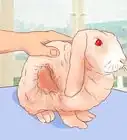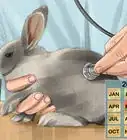This article was co-authored by Ryan Corrigan, LVT, VTS-EVN and by wikiHow staff writer, Jessica Gibson. Ryan Corrigan is a Licensed Veterinary Technician in California. She received her Bachelor of Science in Veterinary Technology from Purdue University in 2010. She is also a Member of the Academy of Equine Veterinary Nursing Technicians since 2011.
This article has been viewed 98,183 times.
If your rabbit is in pain with an injured leg, quickly get it the medical care it needs. If your rabbit seems to be in pain, the leg is dangling, or your rabbit is limping, it may have a leg fracture. You can recognize pain in your rabbit by looking for fast breathing, refusal to eat, squinting, or loss of interest in its surroundings. Make your rabbit as comfortable as you can before you take it to the vet for medical treatment. The vet will probably want to clean, treat, and bandage the wound. It's also likely that your rabbit will need surgery. Once you've brought your rabbit back home, ensure that it gets the rest it needs to heal properly. It’s also a good idea to know how to prevent fractures before they happen.
Steps
Treating a Leg Fracture
-
1Contact the veterinarian about the injury. As soon as you notice your rabbit is in pain or injured, call the vet to let them know you're bringing in your injured rabbit. Tell the vet about your rabbit's condition and that you think its leg may be fractured. Ask the vet about giving your rabbit pain medications and what dosages they'd recommend. If your rabbit injures itself during your vet's off-hours, contact an emergency animal hospital.
- If you don't already have a veterinarian, contact local animal hospitals or shelters. Ask if they can give medical treatment to your rabbit or recommend a vet that specializes in rabbits.
- If you do give your rabbit medication, track when you gave the medication and the dosage, especially if your rabbit needs surgery.
- When you call your vet, have the following information on hand:
- Breed, age, and sex of the rabbit
- How long ago the injury happened
- How the injury happened
- Which leg you suspect is injured
- Any medications the rabbit has had and when
- How the rabbit seems to be doing (lethargic, stressed, calm, etc.)
-
2Wrap the rabbit in a towel. Avoid trying to splint or bandage the rabbit's leg. Instead, gently wrap your rabbit in a clean towel and put the rabbit in its carrier. Try to keep the rabbit calm and relaxed while you contact the veterinarian. Carefully hold the rabbit and talk to it in a low, soothing voice.[1]
- If you try to bandage the leg, you may cause your rabbit pain or make the injury worse.
Advertisement -
3Take the rabbit for medical exams. The rabbit will need to have X-rays taken. The vet will also need to do a full physical and neurological exam to determine how badly the rabbit is injured.[2]
- Your rabbit may need emergency treatment if it's in shock, is bleeding, or has breathing or heart problems.
-
4Get surgery. If the veterinarian determines that your rabbit will need surgical treatment (or even amputation), you'll need to schedule the procedure for as soon as possible. The veterinary surgeon will use pins or a wire to repair the bone. Your rabbit will probably need special care after the surgery. The majority of leg fractures will need some type of surgical treatment so the bones heal correctly.[3]
- Unlike with cats and dogs, rabbits do not need to be fasted before surgery. You can feed your rabbit according to its usual schedule.
- If you're concerned about the cost of surgery, you can ask the veterinarian about possible payment plans. Many veterinary hospitals offer this option to make medical treatment financially possible.
Providing Post-Surgery Care
-
1Give your rabbit pain medication and antibiotics. Follow the vet's pain management plan for your rabbit. You'll need to continue giving your rabbit pain medication following the surgery. If the vet is prescribing antibiotics, you'll probably need to keep giving them to your rabbit for three to five days after the surgery. Do not stop the medications just because your rabbit seems better.[4]
- Follow the veterinarian's recommendation about antibiotic treatment. If your rabbit seems better, continue giving your rabbit the medication according to the prescription.
-
2Keep your rabbit comfortable. Your rabbit will prefer healing at home in a warm, clean space that it's familiar with. Give your rabbit plenty of cozy things to snuggle up with so it will rest easily. Place the cage in a warm and quiet place where it won’t be bothered. You could place thick towels or torn up paper in your rabbit's area for comfortable bedding.[5]
-
3Take the rabbit to follow-up exams. The vet will probably want to see your rabbit after it's healed for three or four weeks. The vet will examine the fracture and check for infection. If your rabbit had a pin or needle inserted, it may be removed or loosened. Your rabbit will probably need X-rays taken at this appointment so the vet can check your rabbit's progress.[6]
-
4Monitor your rabbit's food and water intake. Your rabbit's eating habits will probably change a little after surgery. Keep track of how much food and water your rabbit is consuming and talk with the vet about feeding your rabbit with a syringe if it's not eating all of its food, has stopped eating food, or its poop has gotten smaller.[7]
- Your rabbit should be back to eating normally within 24 hours. If it isn't, contact your vet.
- Make sure the water you give to the rabbit is as clean as possible so there is no reason for it to not want to drink.
- It may take an extra two or three weeks for the fracture to heal completely.
-
5Keep your rabbit in a calm environment. Your rabbit will heal best if it's in a quiet area where it won't be startled. Sudden or loud noises can frighten your rabbit and make it anxious. If your rabbit moves unexpectedly, it may injure itself so you should keep your rabbit relaxed.
- If your rabbit is usually in the busy area of your house, consider moving it to a part of the house that is slower or calmer.
Preventing Fractures
-
1Check your rabbit's cage for twisted wires. If your rabbit has a wire cage, look at the wires on the surface to ensure that they aren't twisted or damaged which could injure your rabbit. The wires should be no more than an inch (2.5 cm) apart so your rabbit's feet won't get snagged or caught as it hops. Snagged feet and falling can cause fractures.[8]
-
2Improve the cage. Look at the wire cage flooring and bars to check how much space there is between the wires. If there are gaps between the bars where your rabbit's foot could get caught, you'll need to get a different cage. If you think your rabbit is having trouble getting traction on the flooring, you could lay down a cloth towel, piece of fleece, or a rug.[9]
-
3Support your rabbit while you're holding it. Instead of simply picking up your rabbit from behind the neck and letting its legs dangle, support its hind end with your other hand. You can support its legs so it won't kick or squirm out of your arms and injure itself. If the rabbit is anxious or stressed, let it nuzzle its head under your arm while you cradle it and support its head with your other hand.[10]
- Remember to stand on a nonskid surface when you handle your rabbit. The nonskid surface could prevent your rabbit from greater injury if it falls. You should also avoid holding your rabbit from a very high height to keep it from falling.
-
4Prevent your rabbit from falling. Since many fractures happen when your rabbit is startled and falls, keep your rabbit secure. Avoid placing your rabbit up on high surfaces (such as beds or staircases) where they might try to jump from. If your rabbit needs to be on an elevated surface, have someone stand next to the rabbit to ensure that it can't fall and injure itself.[11]
References
- ↑ http://www.exoticpetvet.net/smanimal/rabfirstaid.html
- ↑ http://www.medirabbit.com/EN/Bone_diseases/Fracture/Fracture.htm
- ↑ http://www.medirabbit.com/EN/Bone_diseases/Fracture/Fracture.htm
- ↑ http://wildpro.twycrosszoo.org/S/00dis/PhysicalTraumatic/FracturesInRabbits.htm
- ↑ http://wildpro.twycrosszoo.org/S/00dis/PhysicalTraumatic/FracturesInRabbits.htm
- ↑ http://www.medirabbit.com/EN/Bone_diseases/Fracture/Fracture.htm
- ↑ http://wildpro.twycrosszoo.org/S/00dis/PhysicalTraumatic/FracturesInRabbits.htm
- ↑ https://www.petcha.com/11-injuries-that-can-send-your-rabbit-to-the-vet/
- ↑ http://www.disabledrabbits.com/limb-loss.html
About This Article
To heal a leg fracture in a rabbit, take it to the vet or an emergency animal hospital right when you notice the injury. The vet will perform a physical exam and take x-rays, and they may need to perform surgery depending on the extent of your rabbit's injury. After you take your rabbit home, give it any pain medication and antibiotics prescribed by the vet, and keep it in a warm, quiet place while it heals. For more advice from our Veterinary co-author, like how to prevent leg fractures in rabbits, scroll down.
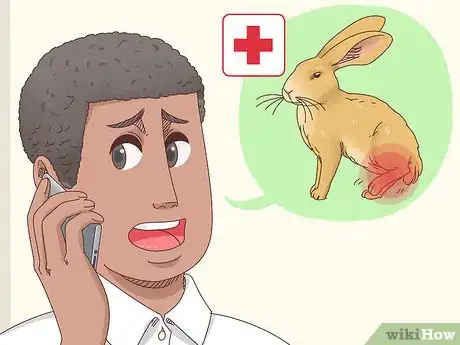
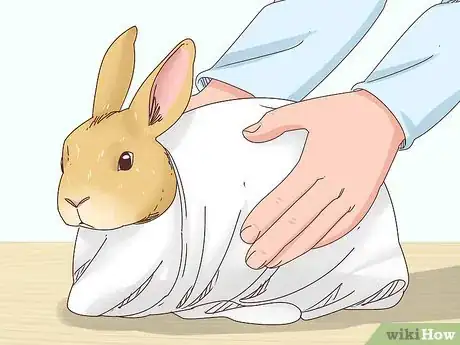
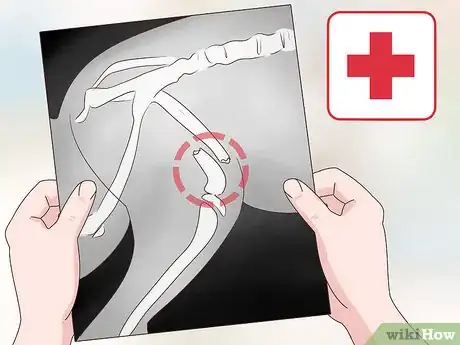
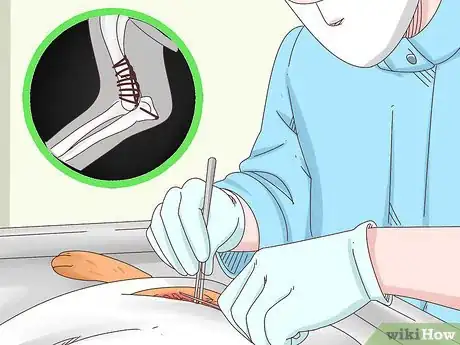

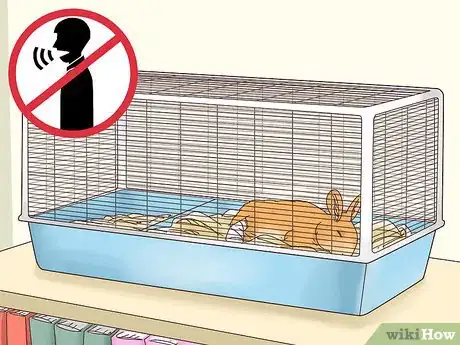
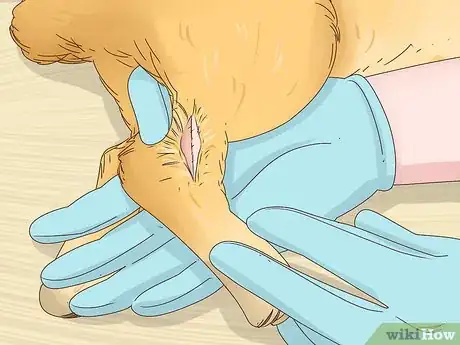
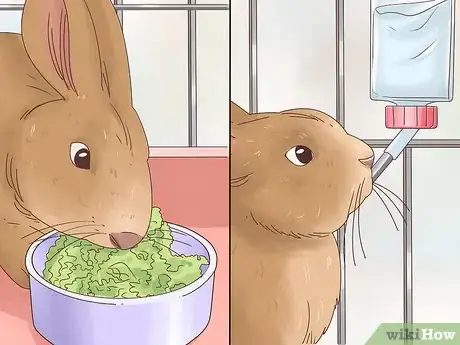
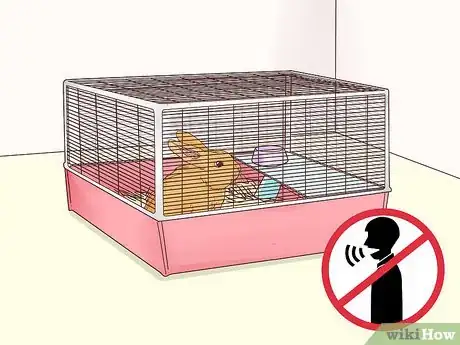
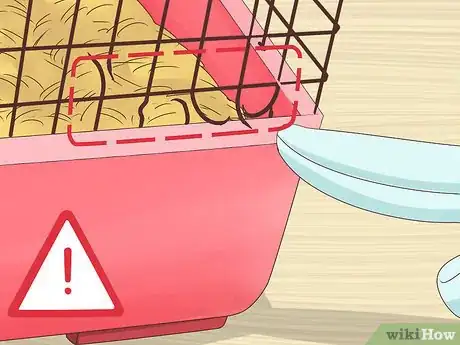
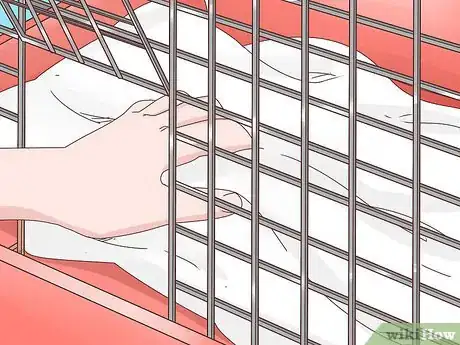
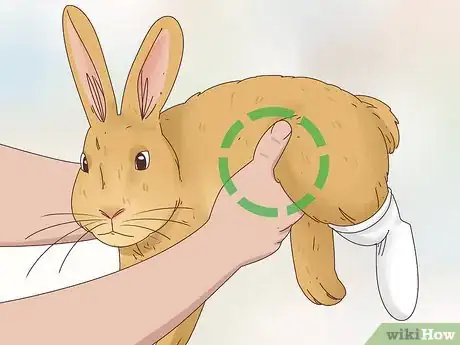
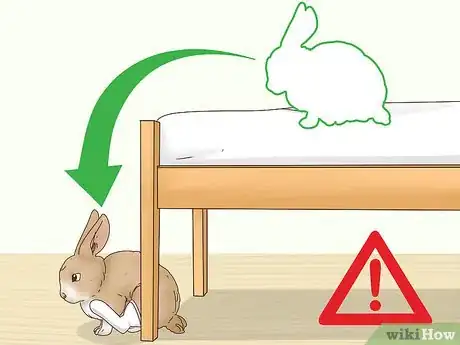
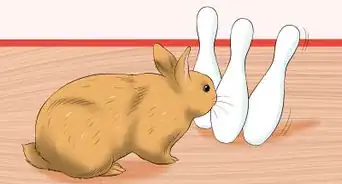
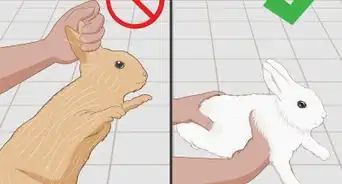
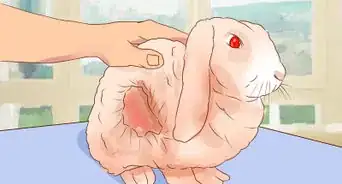
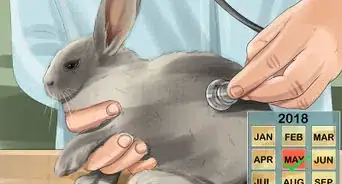
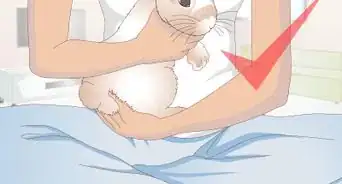
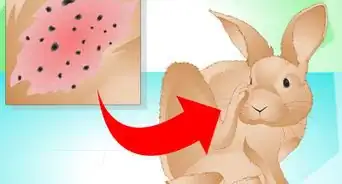
-in-Rabbits-Step-12.webp)

